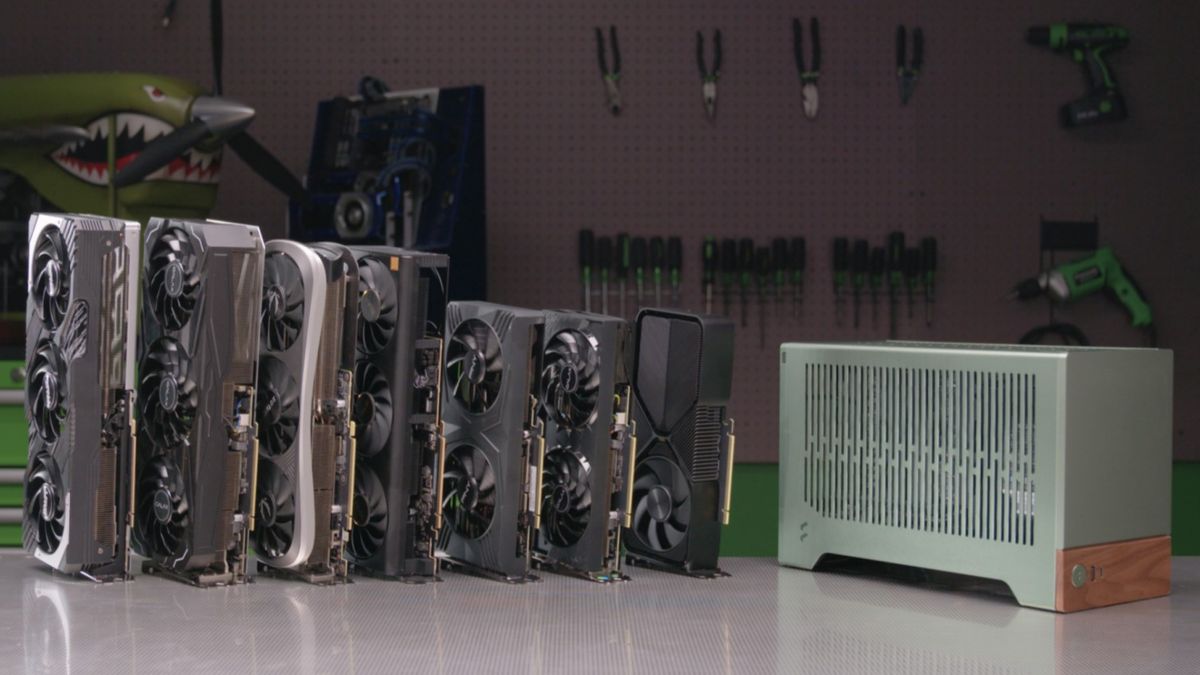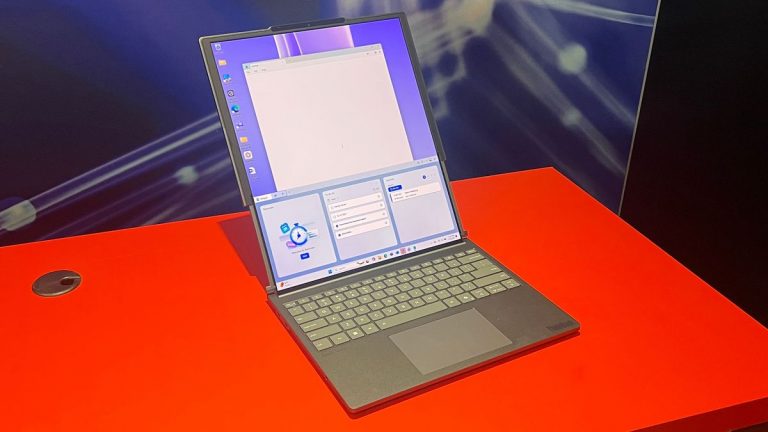Nvidia’s Next-Gen GPU Concerns Uncovered: Why PC Gamers Should Breathe Easy (For Now)

Nvidia’s New Benchmarks for RTX 5000 Graphics Cards: A Glimpse into the Future of Gaming
Nvidia has released a new batch of game benchmarks for its highly anticipated Blackwell GPUs, and two of them don’t involve the most talked-about feature, DLSS 4, which uses Multi-Frame Generation (MFG). These benchmarks offer a more significant look into the performance of RTX 5000 graphics cards, giving us a chance to break away from the skepticism surrounding the heavily marketed MFG technology.
A Fairer Comparison
Previous benchmarks showcasing MFG technology have been accused of being unfair, as they compare DLSS 4 to DLSS 3, which is exclusive to RTX 4000 graphics cards. The new benchmarks avoid this trap, providing a more direct comparison between the RTX 5000 and RTX 4000. These results will be more representative of the actual performance gains we can expect from the new graphics cards.
The Results
Two games have been showcased in these new benchmarks, with only one, Resident Evil 4, not using DLSS at all. The other game, Horizon Forbidden West, employs DLSS, but without MFG, making it an interesting mix. Looking at the bar chart provided by Nvidia, we can estimate that the RTX 5090 is about 33% faster than the RTX 4090 in these games. The RTX 5080 and RTX 5070, on the other hand, show a more modest 15% and 20% performance increase, respectively.
The Concerns
While these results are encouraging, they also highlight the need for more comprehensive benchmarks that showcase the performance of RTX 5000 graphics cards without relying on MFG technology. The debate surrounding MFG is far from over, with some critics labeling it "fake frames." While this accusation is unfair, it’s clear that MFG is a key selling point for Nvidia’s new graphics cards, and the company’s heavy emphasis on it has led to concerns about the fairness of their marketing efforts.
The Verdict
As the saying goes, "the proof is in the pudding." With more reviews and benchmarks on the horizon, we’ll soon have a more comprehensive understanding of the RTX 5000’s performance. For now, these new benchmarks offer a glimmer of hope, but also remind us that there’s still much to be discovered.






